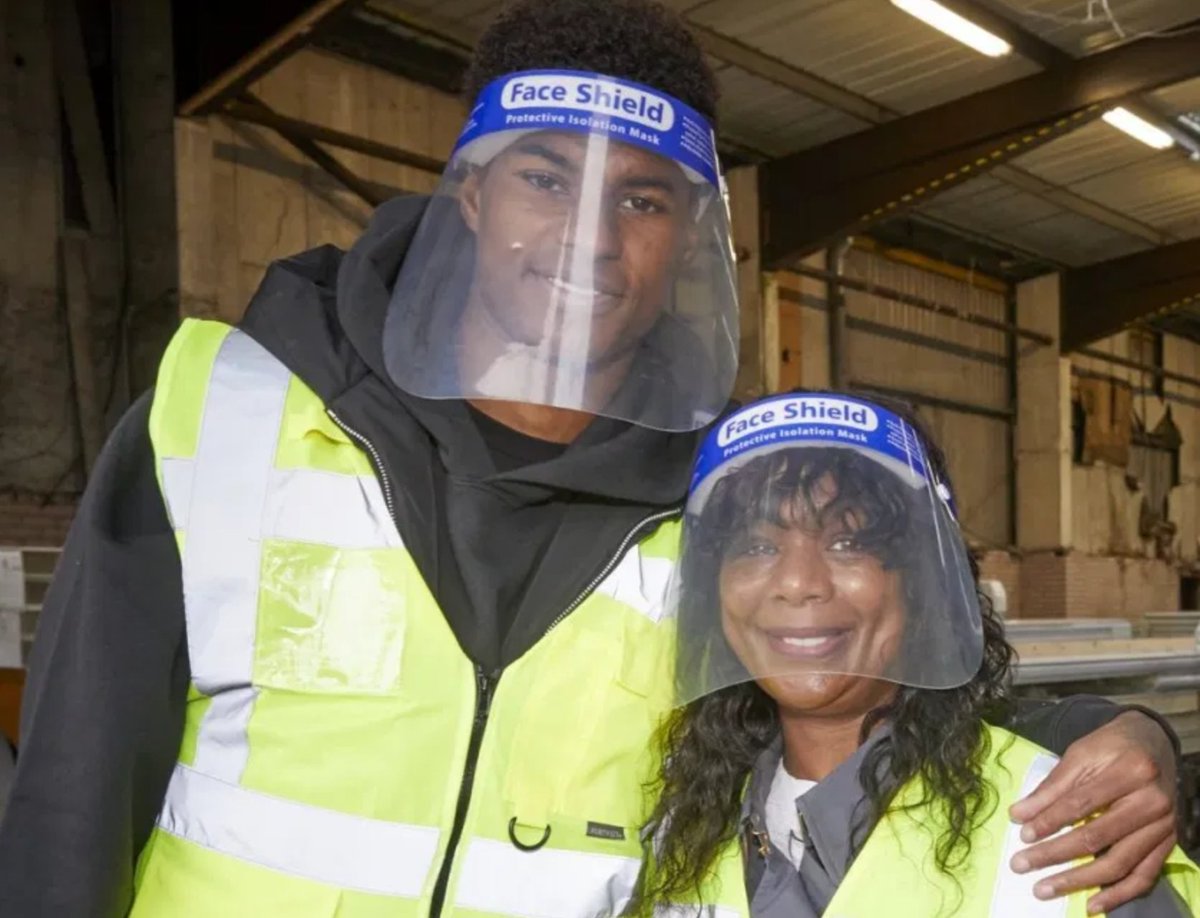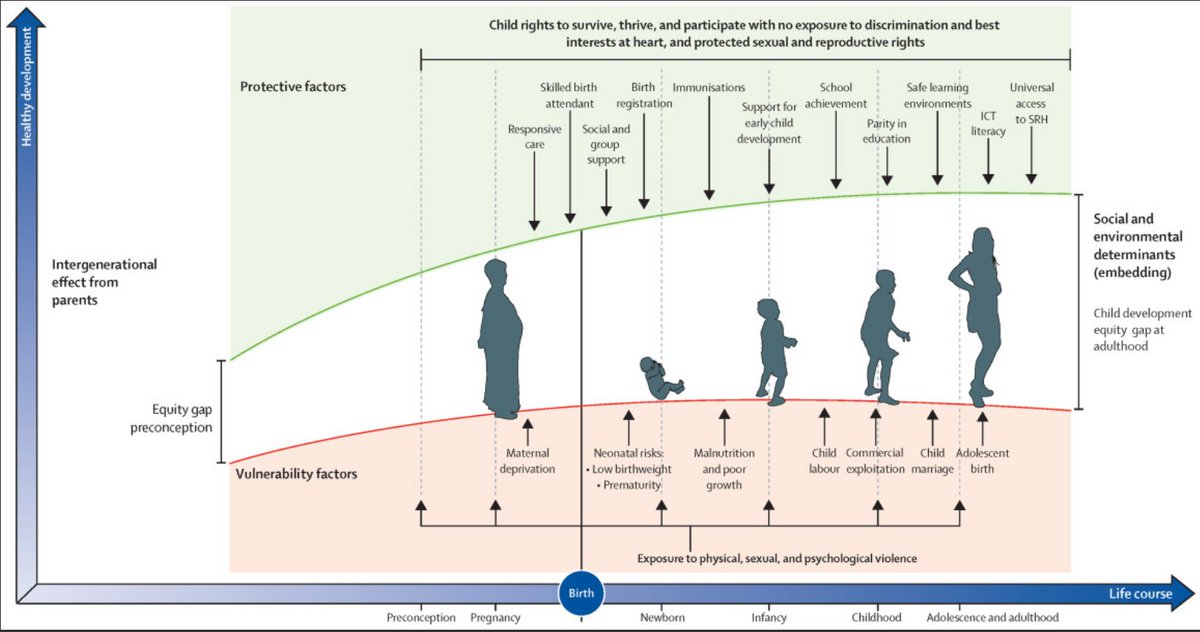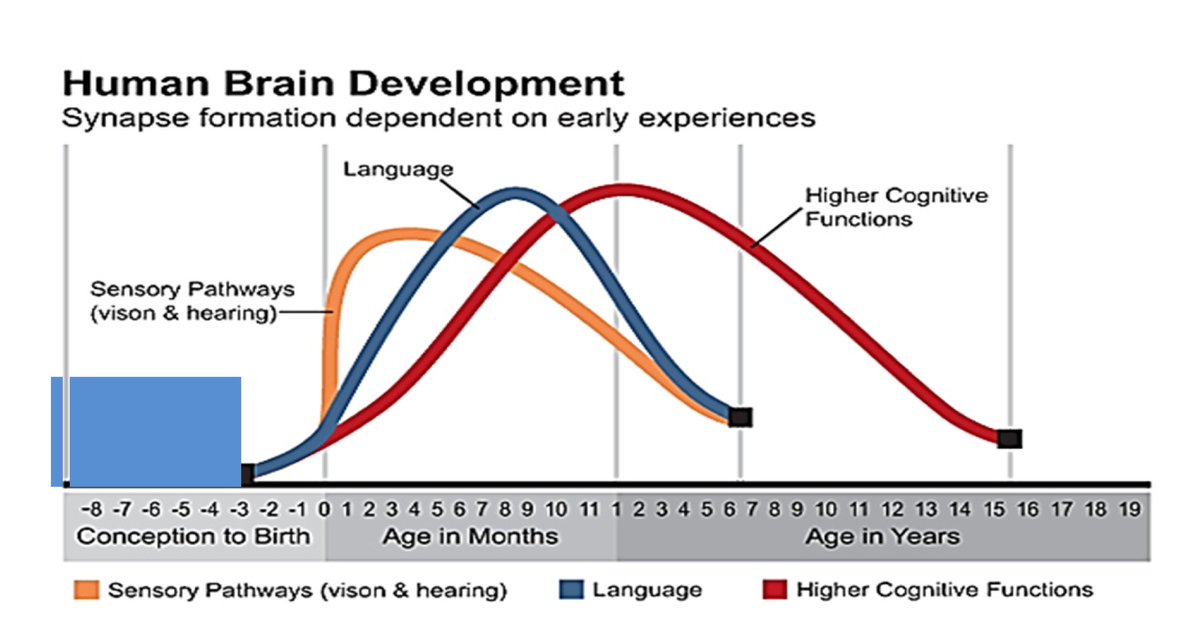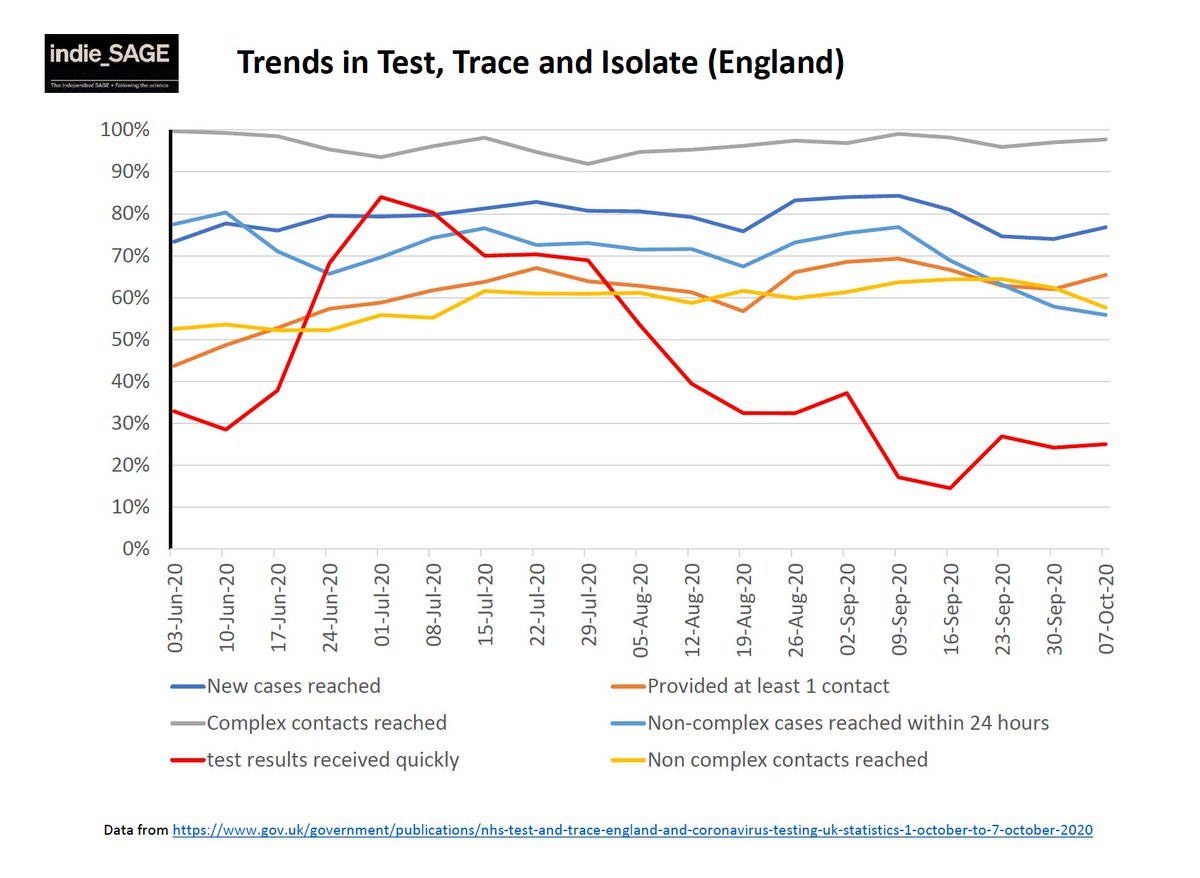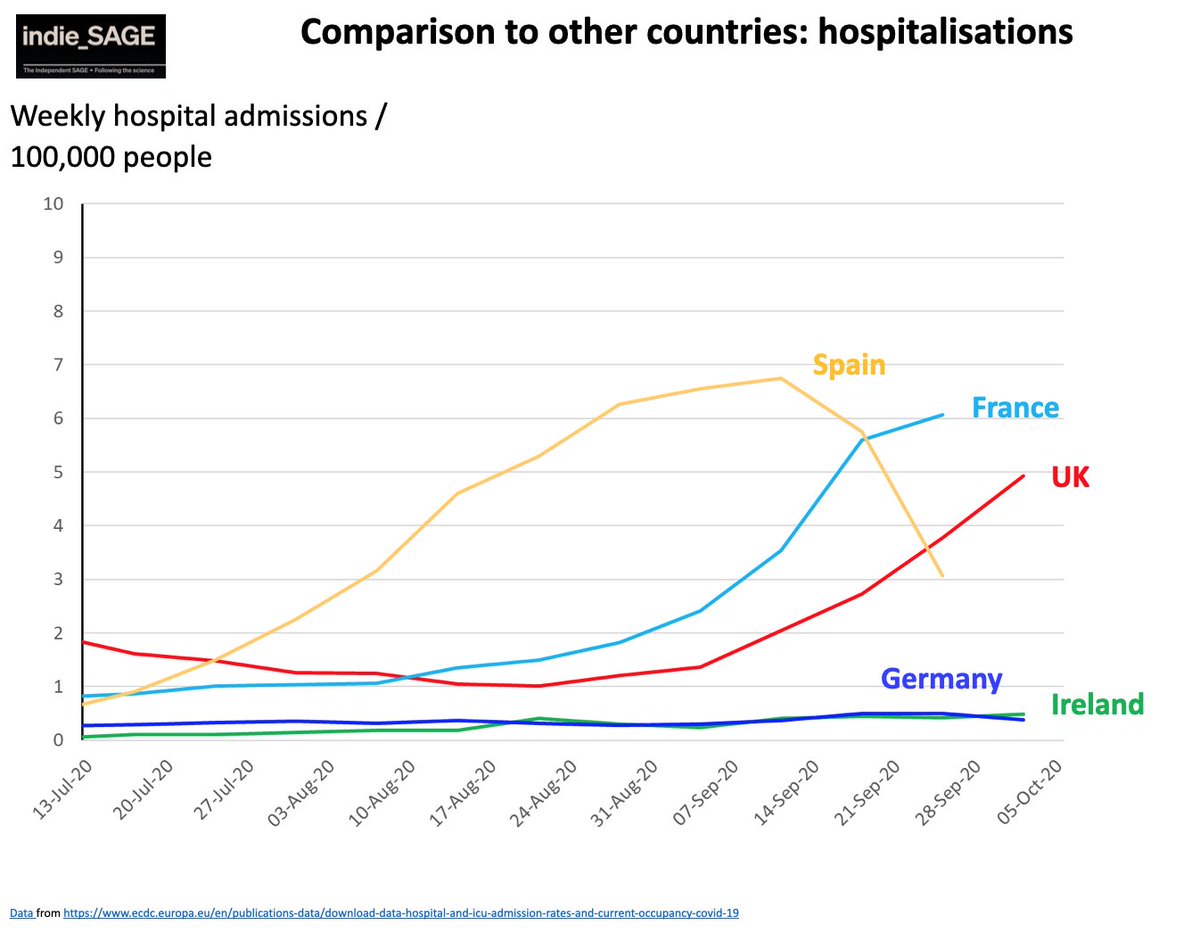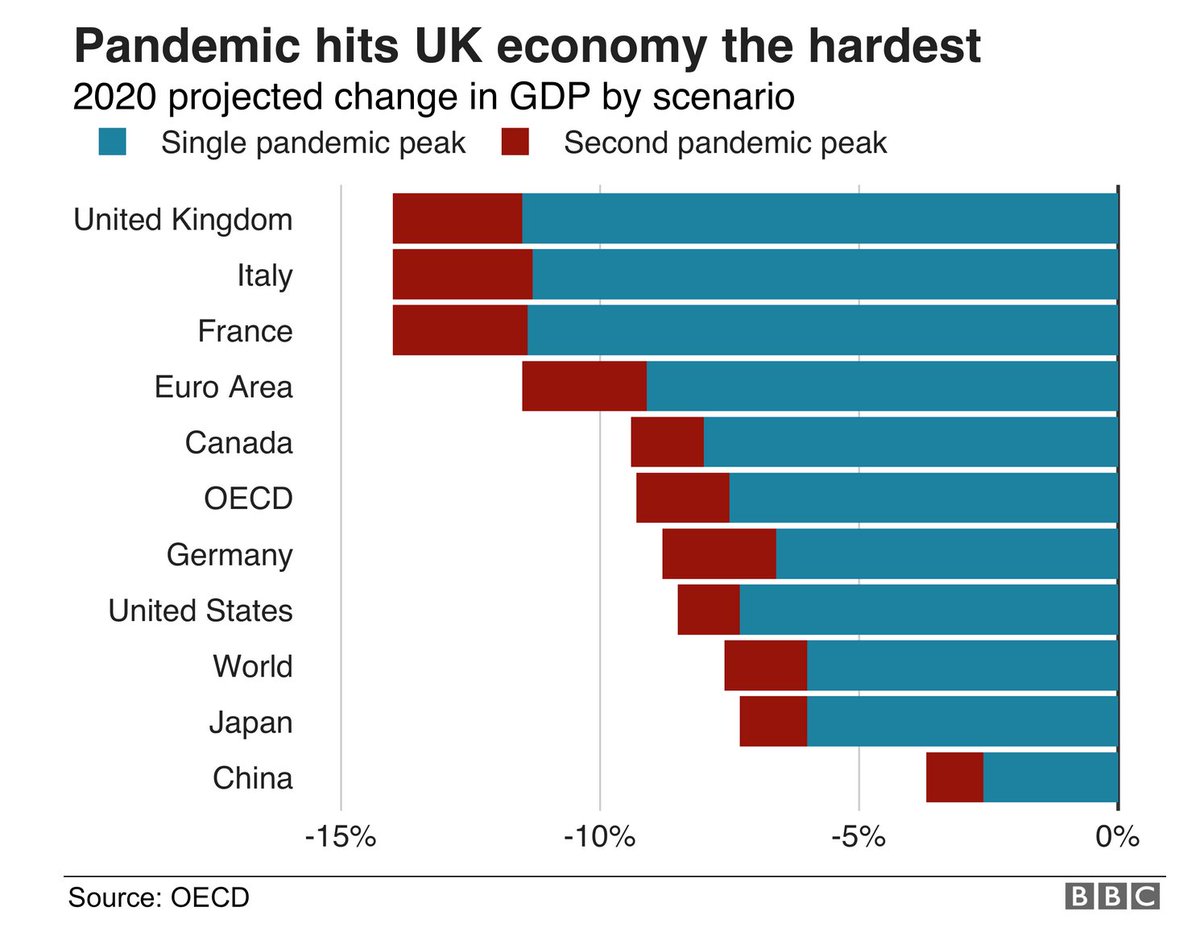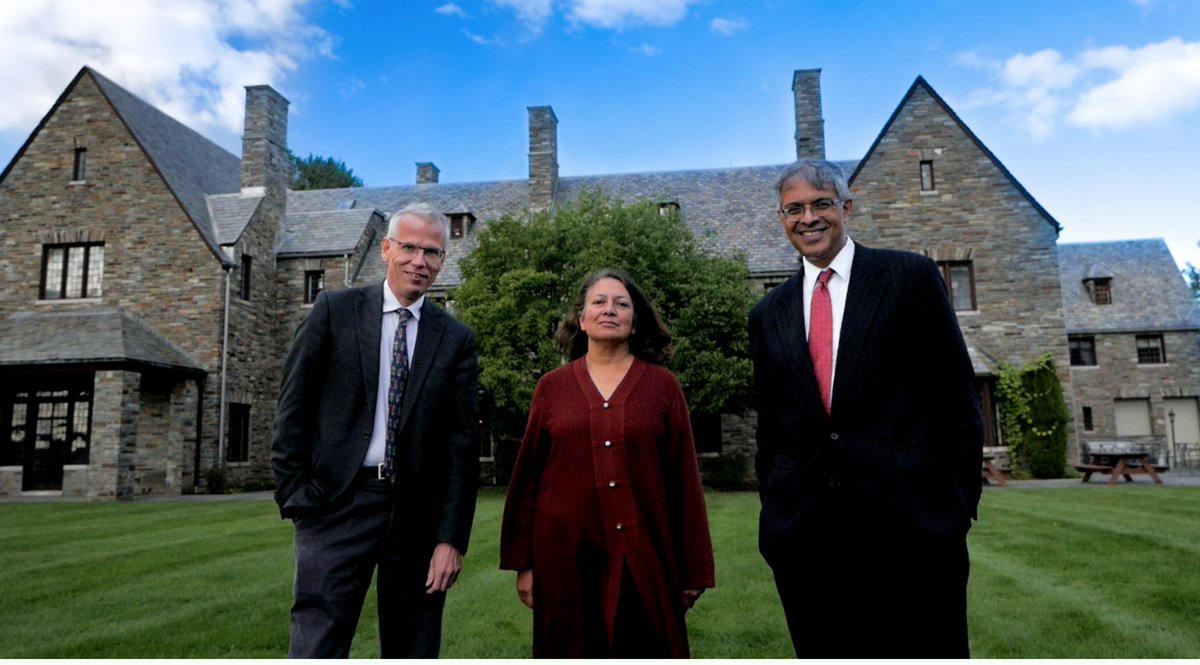
Scientific models vary according to the assumptions made. Compare here the projections for Covid19 deaths under four different epidemiological models (Imperial, LSHTM, Warwick, and Public Health England/Cambridge) and the dynamic causal model of Professor Karl Friston. (1)
Here are the four epidemiology scenario models which all show much higher daily death rates than the 'first wave' (dotted line). These informed government policy. (2) 
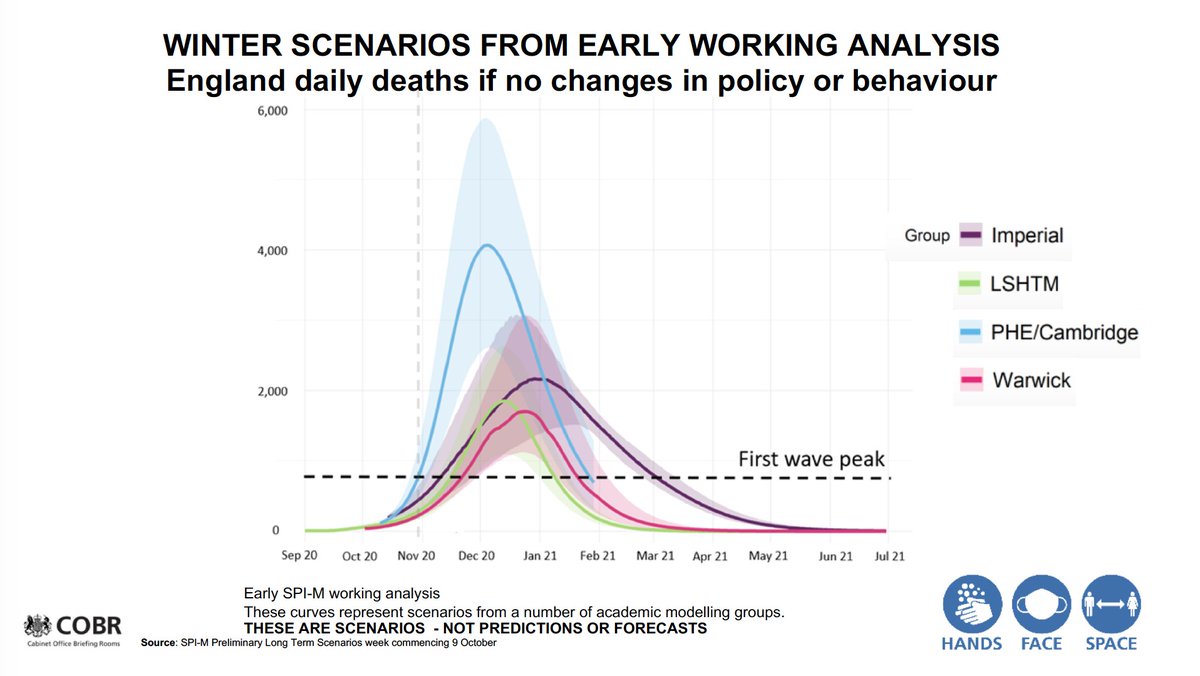
This slide shown to COBR shows the steady rise in death rates up to the first wave peak in about one month's time. (3) 

These scenarios are in line with the earlier projections by the Academy of Medical Science and the LSHTM model from Davies et al, which suggested 120,000 deaths by June 2021 and 350,000 deaths by December 2021 respectively. 

Karl Friston's dynamic causal model uses variational Bayes to estimate the unknown parameters of state-space models and then to assess the evidence for alternative models of the same data. It allows for heterogeneity in exposure, susceptibility and transmission.(4) 
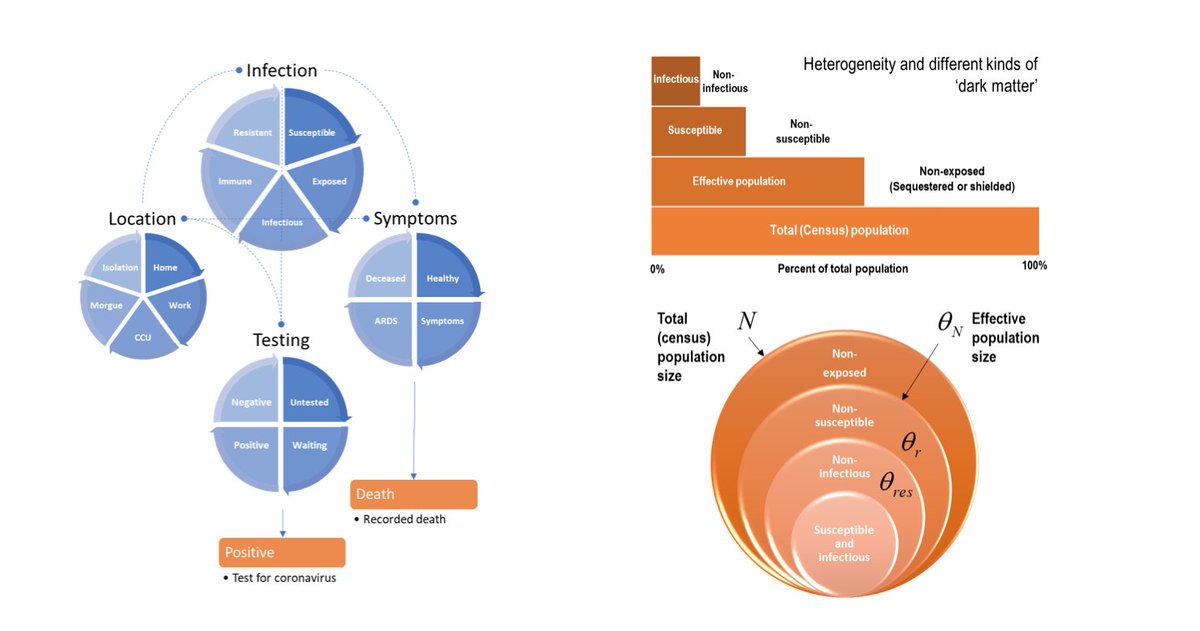
Here you see the latest run of the DCM model. Note Friston sees a peak in the death rates by next week (Nov 8)...his model shows mean death rates peaking at slightly lower than the level observed right now of a 7 day average of 300.(5) 
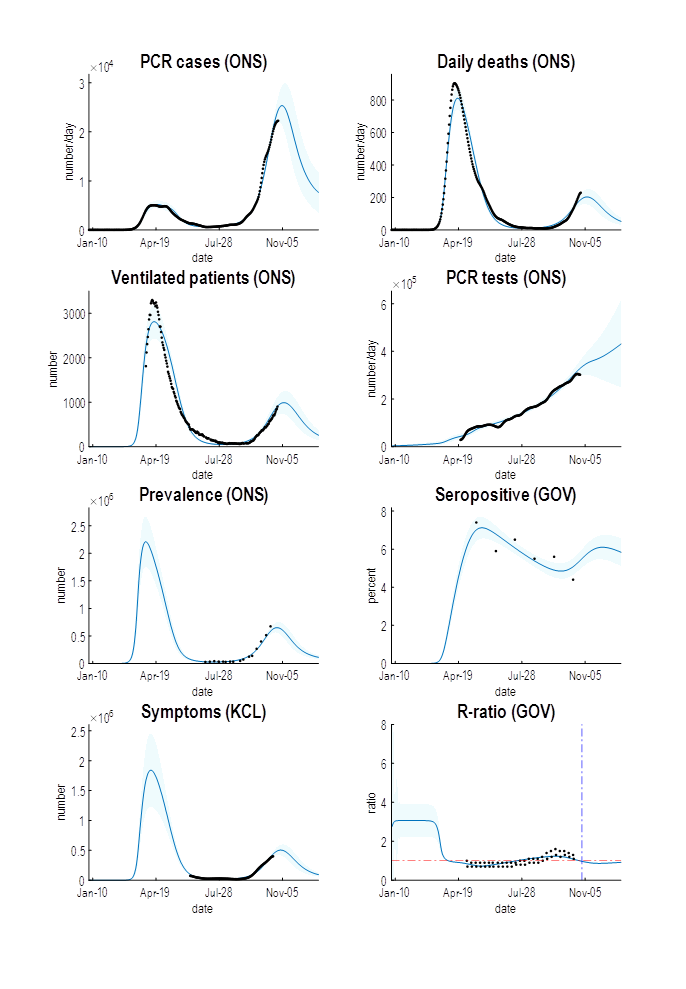
The point is that all models are imperfect and will change as assumptions change. We can see that Friston's model is an outlier in the sense that he sees death rates peaking at a much lower rate than the SPI-M models of SAGE, and before one can attribute the peak to lockdown. (6)
Friston's model is more optimistic than the government SAGE advisers - suggesting that lockdown over four weeks can get case rates down to about 5000 per day which would allow a reformed test, trace and isolate system to keep cases under control. (7)
The government SPI-M projections suggest lockdown may need extension by weeks to maintain control.
We shall soon know which model is most accurate. This is science in progress: learning which assumptions are best to project the behaviour + impact of this complex pandemic. (8)
We shall soon know which model is most accurate. This is science in progress: learning which assumptions are best to project the behaviour + impact of this complex pandemic. (8)
• • •
Missing some Tweet in this thread? You can try to
force a refresh



